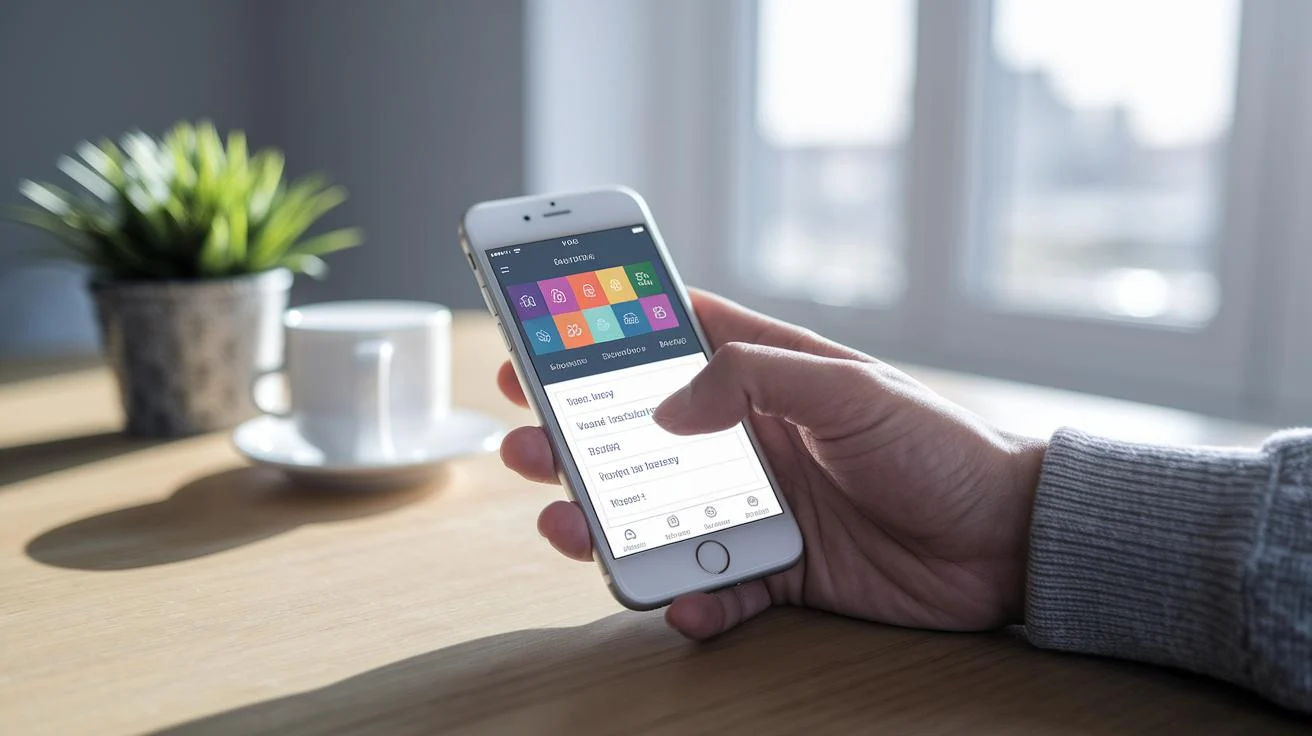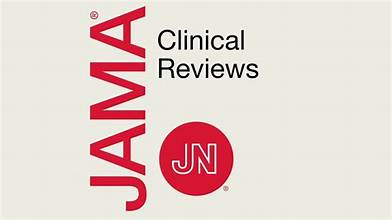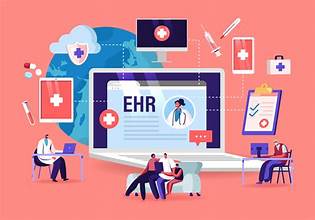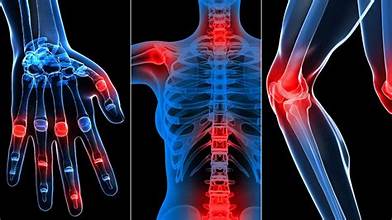Definition of symptom tracker:
Symptom tracker is a digital tool designed to monitor your health by recording details such as symptoms, possible triggers, and treatment side effects. It works much like a health diary, where you either enter the information yourself or allow connected sensors to gather it automatically. For example, if you experience a migraine, you might record its intensity and note what could have caused it, like a sudden weather change. Over time, these records make it easier to identify patterns in your health.
Symptom tracker are available in different formats. Some are basic journals that guide you through daily entries, while others are mobile apps that send reminders to log your health updates. Advanced versions can connect with wearable devices to automatically collect data. Whether you’re managing conditions such as lupus, irritable bowel syndrome (IBS), migraines, or multiple sclerosis, these tools can be personalized by choosing which factors such as diet, sleep, or exercise you want to monitor.
Beyond simply keeping a record, symptom tracker can actively support better healthcare. By continuously collecting information, they help detect trends that might require early medical attention or adjustments in treatment. Research, including a study conducted at the University of Strathclyde, has shown that remote symptom tracking for patients undergoing chemotherapy improved their quality of life and reduced anxiety. This highlights how valuable timely health data can be for both individuals and healthcare providers.
Essential Features of Symptom Trackers: Data Entry, Rating Systems, and Reminders:
Symptom trackers are built to be simple and user-friendly, making it easier to record important details about your health. They help you log symptoms, measure their intensity, and identify potential triggers behind flare-ups. With straightforward step-by-step options and space for personalized notes, these tools make health management more organized and accessible.
Here are some common features you’ll often find:
- Severity scales (1–10): Allowing you to rate how strong a symptom feels.
- Dropdown menus: Letting you quickly select specific symptoms from a list.
- Free-text fields: Providing space to add personal notes and extra observations.
- Daily check-in forms: Encouraging consistent tracking through guided questions.
- Voice recording options: Helping you capture spoken details during health episodes.
- Automatic syncing with wearables: Collecting data such as sleep patterns or heart rate in real time.
Using consistent inputs improves the accuracy of your records. By rating symptoms on the same scale and completing daily check-ins, you create a reliable log that reveals meaningful patterns over time. This structured approach not only helps you better understand changes in your condition but also strengthens communication with healthcare providers. Plus, being able to tailor the tracker to your specific needs ensures the information you gather is both relevant and valuable for guiding your care.
Symptom trackers are most effective when they provide clear and structured ways to capture health information.
- Data Entry Options: Users can log details such as symptoms, triggers, medications, and lifestyle factors. Depending on the tool, this may be done manually, through voice input, or automatically with connected wearables.
- Rating or Measurement Scales: Many trackers use pain scales, severity ratings, or frequency checklists to make data more precise. This helps turn personal experiences into measurable insights that can be compared over time.
- Prompts and Notifications: Gentle reminders encourage consistency in logging symptoms. Some trackers also use guided prompts or structured questions to ensure important details are not overlooked.
Together, these features transform symptom trackers from simple journals into powerful tools that support self-awareness, improve communication with healthcare providers, and enhance overall care management.
Benefits of Symptom Trackers: Patient Empowerment & Clinical Value:
Symptom trackers put you in control of your health by helping you log daily experiences, triggers, and responses. Over time, these records reveal patterns that guide small but meaningful lifestyle changes.
Beyond personal insight, they offer strong clinical benefits. Sudden changes can trigger early alerts, supporting timely care and preventing complications. Detailed logs also give doctors a clearer picture of your daily health, leading to treatment plans that better match your needs. Studies show that patients with conditions such as cancer, mental health challenges, or menstrual disorders often experience less anxiety and improved quality of life when using these tools.
Symptom tracking also makes medical visits more productive. Bringing organized records helps you and your provider quickly review progress, adjust treatment, and strengthen your care partnership.
Different Ways to Track Your Symptoms: Digital Tools, Paper Logs & Smart Devices:
Symptom tracking tools come in a variety of formats, giving you the flexibility to choose what works best for your lifestyle. Mobile apps provide customizable options to monitor symptoms, triggers, and daily habits, while paper journals offer a more personal touch for those who prefer writing by hand. Some apps are designed for specific conditions, such as migraines or multiple sclerosis, and often include features like medication reminders, pain scales, or community support. Meanwhile, wearable devices make tracking effortless by automatically collecting real-time data, such as sleep quality or heart rate. Selecting the method that feels most natural to you not only makes the process easier but also ensures you gather reliable information to support better health management.
Emerging Innovations in Symptom Tracking:
Advances in artificial intelligence are making symptom tracking more intelligent and proactive. These systems can detect subtle changes in your health, giving early warnings before minor concerns develop into serious issues.
Another growing trend is seamless data integration. With telehealth platforms and electronic health records becoming more connected, your information can flow smoothly across systems, allowing healthcare providers to see a complete view of your progress.
New technologies are also reshaping how data is captured. Tools that use voice input, video consultations, and wearable sensors transform tracking from a static log into a dynamic guide like switching from a paper map to live GPS. They don’t just record symptoms; they also provide real-time feedback and suggestions directly on your device.
Before long, these innovations will likely become a natural part of everyday healthcare, much like checking messages or emails today.
Final Thought:
Symptom trackers are no longer just simple health diaries they are evolving into powerful tools that bridge personal wellness and professional healthcare. By helping individuals recognize patterns, make informed lifestyle choices, and share accurate data with doctors, these tools empower patients while enhancing clinical care. With new technologies like AI, wearables, and seamless data integration on the rise, symptom tracking is set to become a natural, everyday part of healthcare management. Ultimately, the future of health is not just about treating illness but about staying informed, proactive, and connected and symptom trackers are leading the way.







